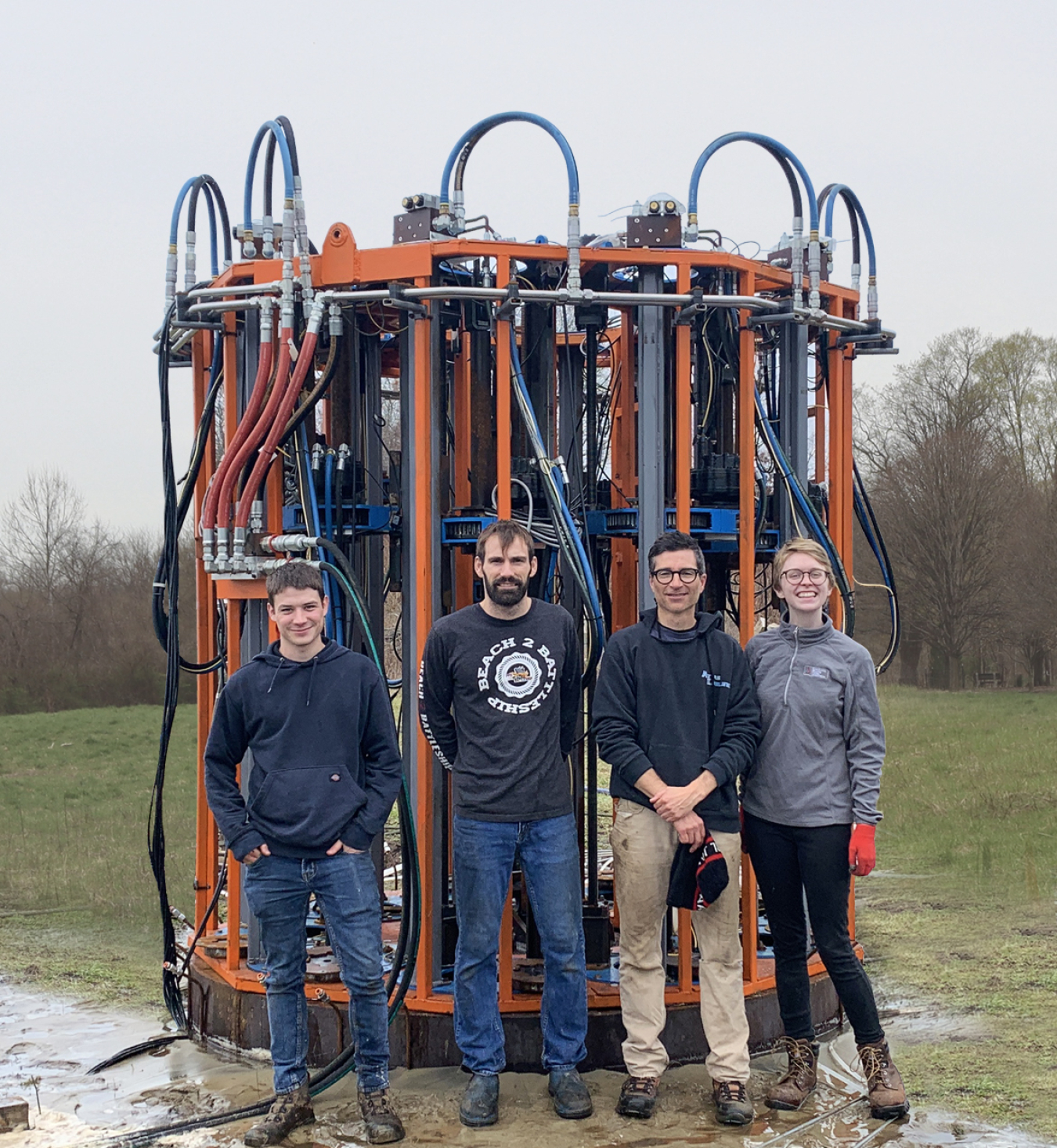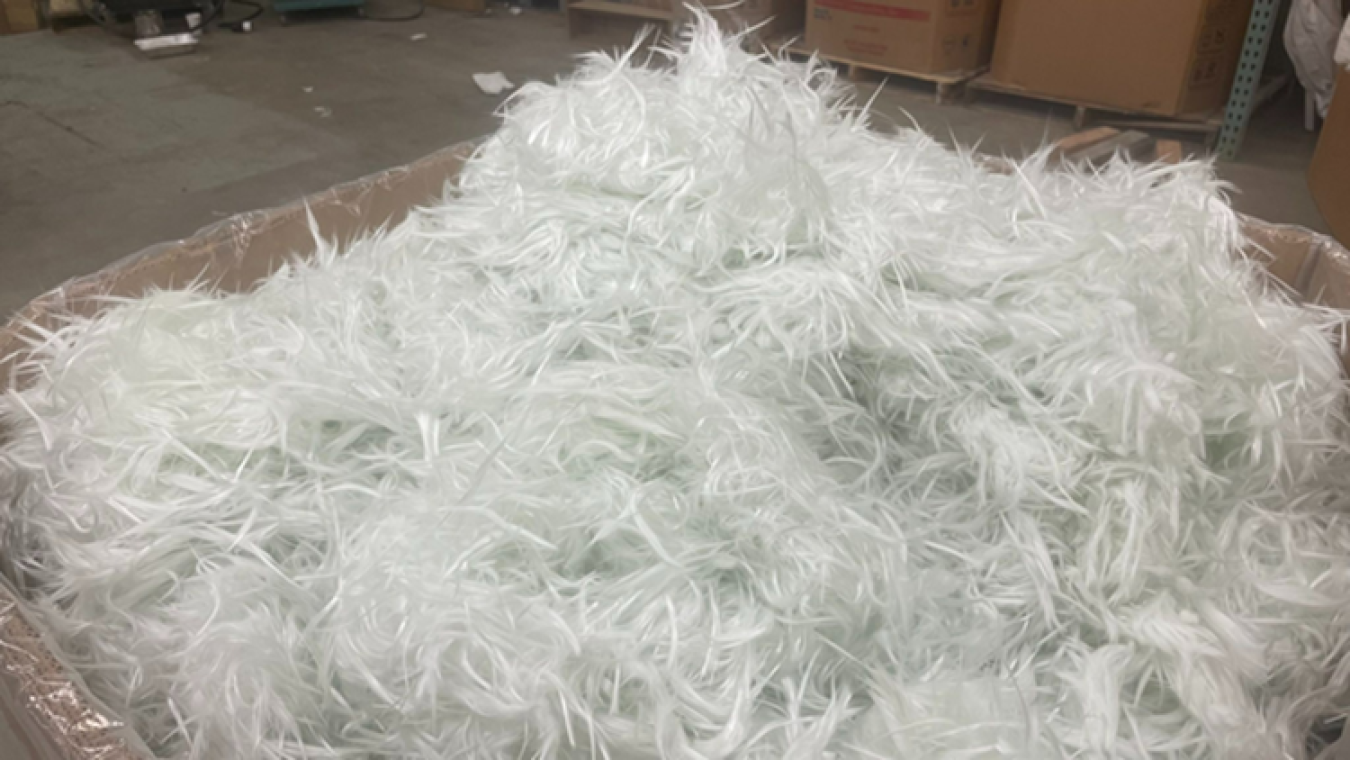WETO announces additional funding, including funds from the landmark Infrastructure Investment and Jobs Act, for two small businesses working to accelerate wind energy deployment.
Wind Energy Technologies Office
May 10, 2023The U.S. Department of Energy's Wind Energy Technologies Office (WETO) announced additional funding, including funds from the landmark Infrastructure Investment and Jobs Act (IIJA), for three small businesses working to accelerate wind energy deployment as part of DOE's Small Business Innovative Research (SBIR) and Small Business Technology Transfer (STTR) programs.
These companies previously received SBIR Phase I and Phase II awards and have now been selected for a Phase III SBIR award for $600,000–$1,100,000 each to expand on previous work and move their technologies toward commercial application.
Learn more about DOE's SBIR/STTR program.
WETO SBIR Phase III Awards

The Triton anchor team’s field-tested prototype anchor and installation system is being developed to be a cost-effective and ecologically mindful anchoring solution for floating offshore wind energy deployment.
Advancing Anchoring Systems for Floating Offshore Wind
Triton Systems, Inc. is addressing the anchoring needs for floating offshore wind systems by developing a first-of-its kind helical anchoring system with a unique subsea installation tool that offers significant cost savings and near-silent anchor installation, which minimizes disruption to the nearby environment. With a $1.07 million IIJA-funded SBIR Phase III award, Triton will demonstrate their technology by installing and testing a full-scale offshore anchor, and seek third-party certification. Previously, with support from a SBIR Phase 2B award, Triton Systems analyzed mooring configurations, analyzed soil and rock on the ocean floor, refined their tool design, and conducted an offshore installation methodology assessment.

Carbon Rivers has achieved 99.9% recycled glass fiber purity from different end-of-life waste streams like wind turbine blades.
Improving Wind Turbine Blade Recycling
Carbon Rivers' innovative process converts glass fiber recovered from retired wind turbine blades into material that can be used in future composite manufacturing. This technology could allow for wind blades and other reinforced plastics to be diverted from landfills and into new lightweight materials to be used in fuel efficient vehicles or new wind turbine blades. In Phase I, Carbon Rivers took retired wind turbine blade material and converted it back into useful recovered glass fiber, and in Phase II, a 1 ton/day pilot scale production line was designed and implemented. This additional $1.1 million BIL-funded SBIR Phase III award will allow Carbon Rivers to improve their wind turbine blade recycling technology to take the current recycled glass fiber recovered from end-to-life blades and convert it back into nonwoven fabrics usable in new turbine blade construction, as well as a variety of other industries such as marine, construction, and aerospace, and will support their plans for a facility that could recycle up to 5,000 blades annually.
Assessing Atmospheric Conditions for Floating Offshore Wind
Boulder Environmental Science and Technology (BEST) is developing a microwave radiometer, which is a device that can provide accurate assessments of atmospheric conditions where wind turbines will operate. Measurements will include temperature and humidity profiles, cloud characteristics, and water vapor over long periods of time—all factors that affect the reliability and power production of wind turbines. These data can be used to improve understanding of atmospheric-ocean conditions offshore for use in wind energy simulations. BEST will use this additional $600,000 WETO-funded SBIR Phase III award to develop a radiometer for efficient deployment on small marine platforms.

